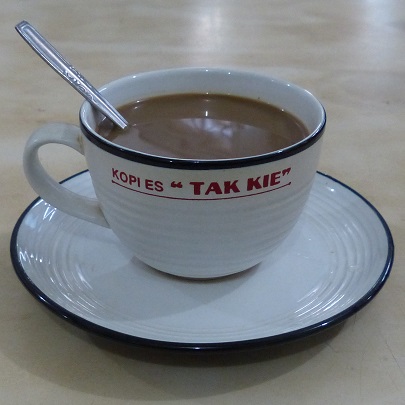Waspadalah terhadap penipu yang aktif di WA mengatasnamakan Indonesia Investments
21 April 2025 (closed)
Jakarta Composite Index (6,445.97) +7.70 +0.12%
Why Do Indonesia’s Coffee Production & Export Decline in 2014?
The Association of Indonesian Coffee Exporters and Industries (AEKI) expects coffee bean production in Indonesia to decline by about 11 percent to 650,000-670,000 tons in 2014, from 740,000 tons in the previous year. This decline is actually less severe than initially expected as weather conditions have improved in the main coffee bean growing regions on Sumatra. Meanwhile, output in 2015 is projected at 700,000 tons. Indonesia is currently the world’s third-largest coffee bean producer, after Brazil and Vietnam.

Irfan Anwar, Chairman at the AEKI, said that Indonesian coffee bean production will fall slightly this year as drought and outbreaks of pests and diseases have impacted on the coffee trees. However, recently rains have come to Sumatra again and may limit the decline. The most important coffee growing regions on Sumatra are Bengkulu, Lampung, Aceh and North Sumatra. The other island that accounts for considerable coffee output in Indonesia is Sulawesi.
Coffee bean exports from Indonesia are expected to have fallen 10 percent in 2014 from 460,000 ton in the previous year. Robusta coffee bean exports from Sumatra reached 135,179 tons in the first ten months of 2014, compared with 355,771 tons in full year 2013. However, apart from the weather, coffee exports from Indonesia have also declined due to increased domestic coffee consumption. Although still low, domestic coffee consumption is growing rapidly in Indonesia (in line with global coffee consumption) due to changing consumer habits amid rising per capita GDP in combination with a large population (numbering about 250 million people). Anwar said that domestic consumption will rise to 350,000 tons of coffee in 2015, up from an estimated 300,000 tons this year, and 260,000 in 2013.
Anwar added that in 2015 Indonesia will import about 100,000 tons of coffee (mainly the lower quality Robusta type) from Vietnam, up from 85,000 tons of imported coffee this year and 70,000 tons in 2013.
Coffee harvests run from March to August and (a smaller crop) between September and January. Approximately 95 percent of the coffee production in Indonesia, covering 1.3 million hectares, originates from small hold farmers.
Further Reading:
• Coffee in Indonesia: Lower Output but Higher Earnings on Brazil Drought
• Drinking Coffee Becomes Expensive when it Doesn’t Rain in Brazil
Bahas
Silakan login atau berlangganan untuk mengomentari kolom ini

